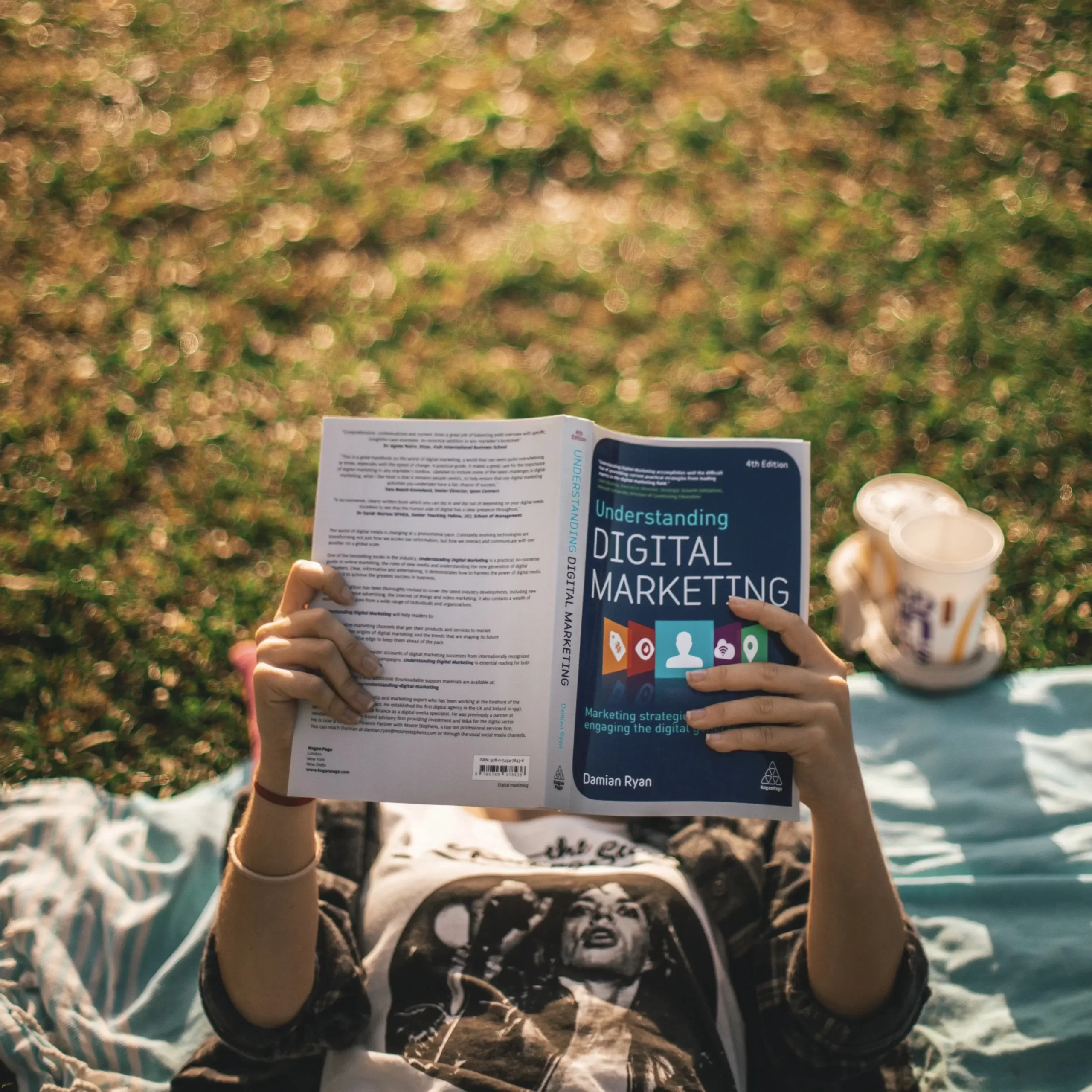If you have been looking for a comprehensive article on everything you need to know to achieve your digital marketing goals, look no further.
What is Digital Marketing?
Digital marketing is the heart of the internet. Understanding the four primary elements of a digital marketing process is crucial for brand success. Consisting of SEO, email marketing, social media, and Pay Per Click (PPC), these strategies work together through a human-centered ecosystem, boosting brand traction, providing insight on user engagement, and creating opportunities to improve how your business is perceived—both by people (consumers and clients) and digital systems (i.e. the internet).
Your digital marketing process is a valuable resource, and the key to any business’ success. However, achieving your digital marketing goals can also be overwhelming. But there’s no need to fret!
In this post you’ll…
- Learn how to achieve your digital marketing goals using four major concepts:
- Dive into their sub-components, such as:
Now that we’ve outlined everything you’ll learn, let’s talk about how to apply it to your business, starting with…
Search Engine Optimization
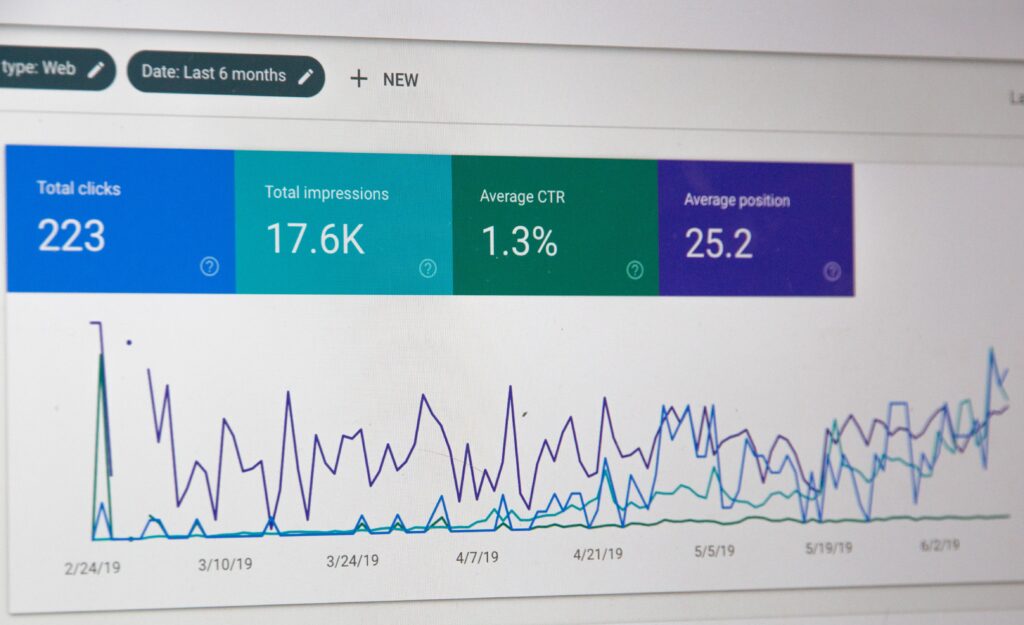
Search Engine Optimization (SEO) is the practice of increasing the quantity and quality of direct traffic to your website through organic search engine results.
Search engines include Google, Bing!, Yahoo!, and any internet website search platform. Every time you submit a search in a search engine, thousands of web crawlers sift through potential results to find the most compatible answers. They do this by matching keywords, confirming source credibility, and reviewing the quality of the webpage. Web crawlers utilize backlinks, location, page context and user compatibility to generate the search engine result you receive.
In terms of SEO, keywords are the phrases your audience types into Google; they define what your content is about. Keywords are just as much about your audience as much as they are about your content. It’s important that keywords are relevant in order to drive direct traffic to your site from the search engine result pages (SERPs).
Off-Page vs. On-Page SEO
There are two major categories that make up SEO: Off-Page and On-Page.
Off-Page SEO consists of actions taken outside of your own website to impact your rankings within search engine results pages. This includes: referral links, articles, social media, and reviews.
On-Page SEO is the practice of optimizing web pages for specific keywords in order to improve search visibility and direct traffic.
There are additional components that influence On-Page SEO, such as keywords, backlinks, and the optimization of meta-descriptions.
What can you do?
Though SEO is intensive in it’s analytics and integration, there are several easy steps you can take to start improving your SEO and increase direct traffic to your site:

- Brainstorm keywords related to your industry and niche.
- Register your business with Google Analytics — GA is built to make tracking website traffic and keywords simple. It’s also free, but if you are worried about adding another software to your already running list (trust us, we get it), we promise it is the best accessible analytical software out there.
- Integrate selected keywords through your site and meta-description as mentioned above in On-Page SEO.
- Utilize local SEO — With the rise of online businesses, you may think location doesn’t matter anymore to search engines. But when optimizing your business, it is important to check off every box, including declaring a physical location. This is because, when web crawlers gather and present potential results for a search, after the first three results (paid ads), the next three will often be based on location.
- Seek promotional opportunities outside of your site — The more links to your business, such as reviews, backlinks, and social media, the more opportunity search engines have to approve your business’ legitimacy and promote it in the top results page.
To learn more about SEO and what you can do to increase your direct traffic, read our article: SEO for Beginners or use our free SEO Audit tool.
Email Marketing
Email marketing is an effective and easy-to-use form of marketing often used to promote a business’ products / services. Many believe it is outdated, given the rise of social media. However, with nine types of email marketing, it is an essential to any successful business’ digital marketing process for many reasons.
As your business grows, you might consider email marketing automations — a sequence of emails sent to a subscriber after they take a specific action, like signing up for your newsletter. Automations can be a great way to conserve resources, so you can spend less time sending emails and more time focusing on growing your business.
Customer Loyalty
There are hundreds—if not, thousands of companies that sell a similar (or even same) product or service across numerous industries. Newsletters offer a target for you to aim your attention and energy to in the hopes of fostering brand loyalty with exclusive deals and brand insights.

Improved Understanding of Your Audience
Not only will you gain the benefit of customer loyalty, but as your newsletter marketing strategy expands, you will be able to better serve your clientele. After sending out a handful of newsletters or promotional campaigns, you will notice trends. These trends can help identify what type of content your customers engage with best (candid updates, promotional, milestone, etc) and what leads them to fulfilling—or not fulfilling—a purchase.
Segmentation—the sorting of email subscribers into smaller groups—can support you in sending emails to specific recipients within your subscriber list, allowing you to test out marketing theories.
Strengthen Brand Image
This may sound like a given, but your newsletter marketing strategy is the ideal place to be bold about your brand. You should always stay true to your brand across all marketing channels, but in a medium where you can choose what to include, newsletters are an opportunity to emphasize company values, missions, and to foster the type of community you want to have around your brand.
Increase of Sales & Traffic
Last, but certainly not least: having an email marketing campaign to promote new products or services, or to offer an exclusive sale (as mentioned before), opens a whole new floodgate of consumer engagement.
Whether it be through website traffic or an influx of purchases, email marketing gives you a platform to promote what you want, when you want, AND to have a higher chance of success compared to social media campaigns since it is a concentrated audience.
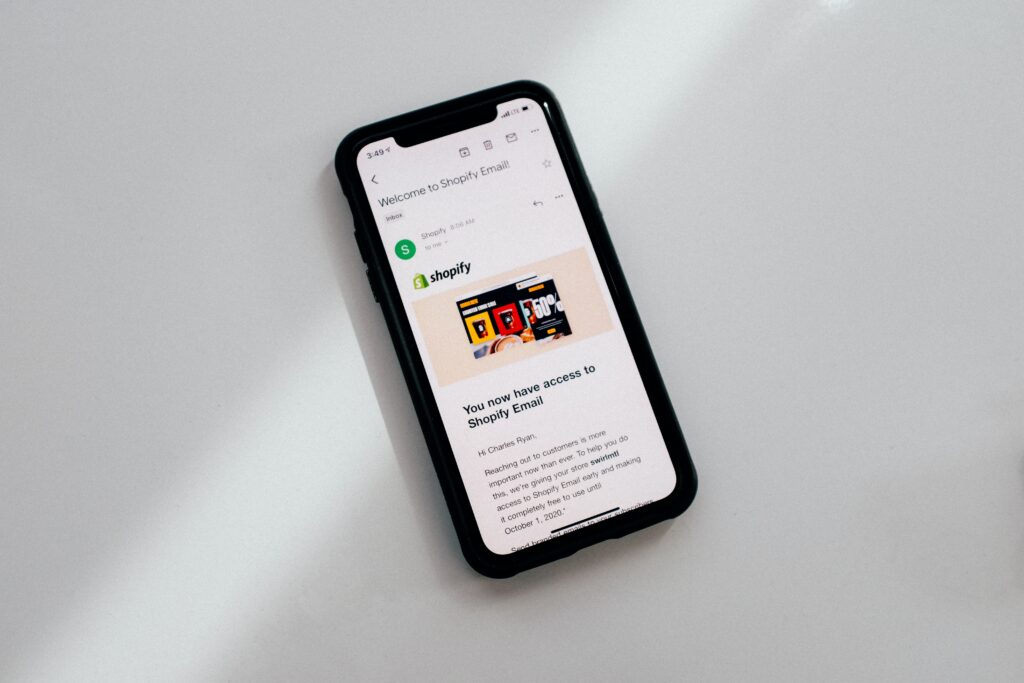
Ready to start your newsletter marketing strategy?
If you need support, our team is here to help! Let us take care of the hassle through our email marketing services.
Social Media
If you are a small business owner or consumer, you are likely well aware of the impact optimizing social media has on business success. We already mentioned above how the rise in popularity around social media has decreased belief in email marketing.
Definitively, social media consists of websites and applications that enable users to create and share content or to participate in social networking. This includes platforms like Instagram, TikTok, Facebook, Twitter, and Pinterest.
Optimizing Social Media
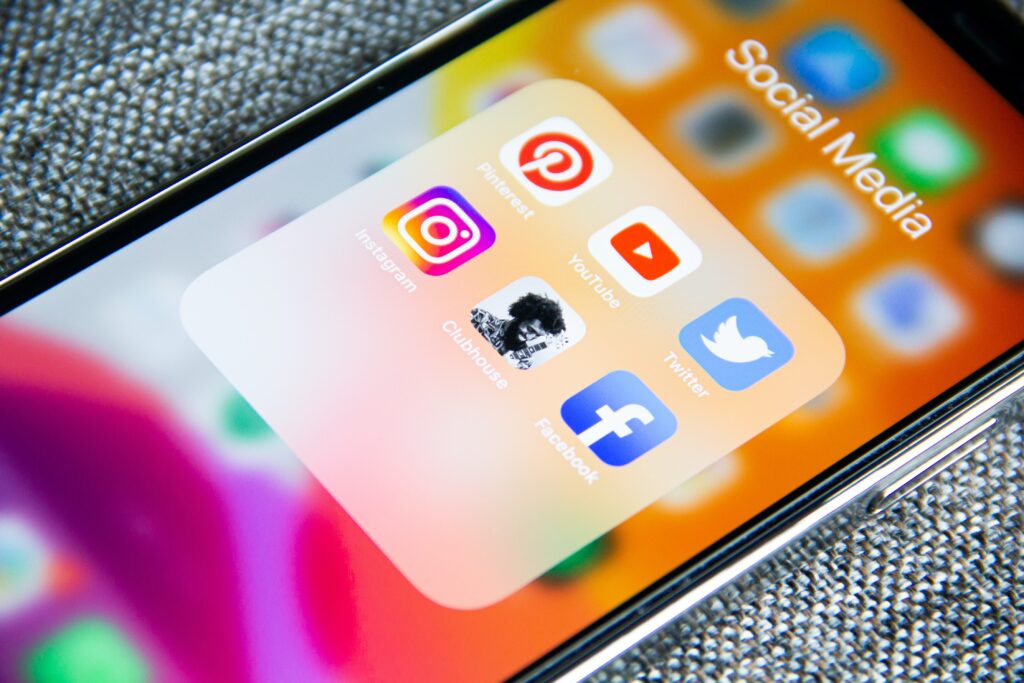
Building a social media strategy isn’t easy. With algorithms constantly changing and differing across platforms, optimizing social media can be difficult. But there are four components that equate to success among all platforms:
- Consistency is key, but beyond that: quality. Quantity is nothing if the content you are posting holds no value to those it is intended for.
- Don’t focus solely on promoting your services and products. No one wants to be bombarded by constant promotions.
- Interact with your audience through features like Instagram stories and question boxes.
- Create a call-to-action for your audience to engage with your company beyond the social platform.
Pay Per Click (PPC) or Ads
Pay-per-click or paid advertisements are another popular option for business marketing. With PPC, for every interaction made with an advertisement, the advertiser pays a fee. Or for one payment, advertisements reach a wide-range of demographics without an extra cost when readers engage with it.
Oftentimes, business owners lean toward paid advertising because it seems like the quick and easy way to increase business. However, just because a price is paid, does not mean direct traffic is guaranteed.
Like non-paid digital marketing strategies, the success of PPCs and ads often relies on efficiency, specifically with SEO. Having a target demographic and keywords are two primary factors. But again, even that is not promised to work.
Setting Up Paid Advertisements
Paid advertising is a great tool, but should be used sparingly. Here are a few steps to get started as you explore this strategy:
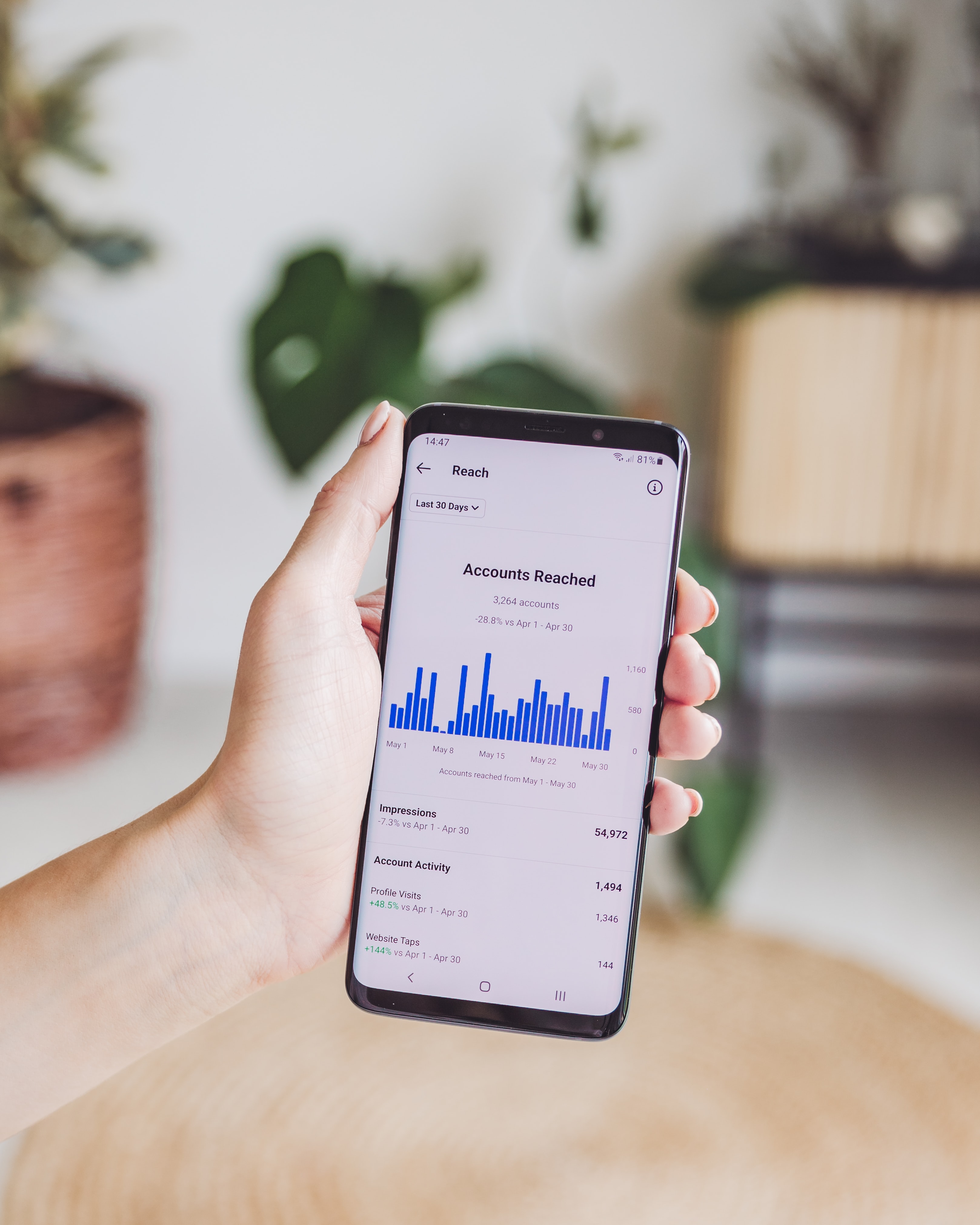
- Define your goals — Knowing what you wish to achieve by setting up a PPC or advertisement will better your chances of success.
- Decide on a target audience — You might want to reach everyone, however, the more concentrated your advertisement is, the more you will boost potential interactions.
- Have a call-to-action — Getting people to click on your advertisement and continue interacting with your business is the whole point of paid advertising. Make sure the CTA is in bold and easy to understand.
- Optimize your landing page — First impressions are everything. More likely than not, your CTA is going to lead to your website or the platform you use to sell your products and services. Ensure your website is user-friendly and easy to navigate.
- Analyze results and keep an open mind — A lot of paid advertising is trial and error. As you build your PPC and advertisements, analyze the success of keywords and adjust accordingly.
Achieving your digital marketing goals can be overwhelming. However, once you understand the basics and begin applying them to your digital marketing process, the opportunities to build your business are endless.
Used together in a comprehensive strategy, these four digital marketing strategies can take your company from serving an average of ten customers every month to upward of several hundred loyal clients and another hundred prospective customers.
Learn more about how to achieve your digital marketing goals with our resource articles. And if you’re ready to Magnify your business, book your FREE 20-minute discovery call and get a free SEO report on your website.

